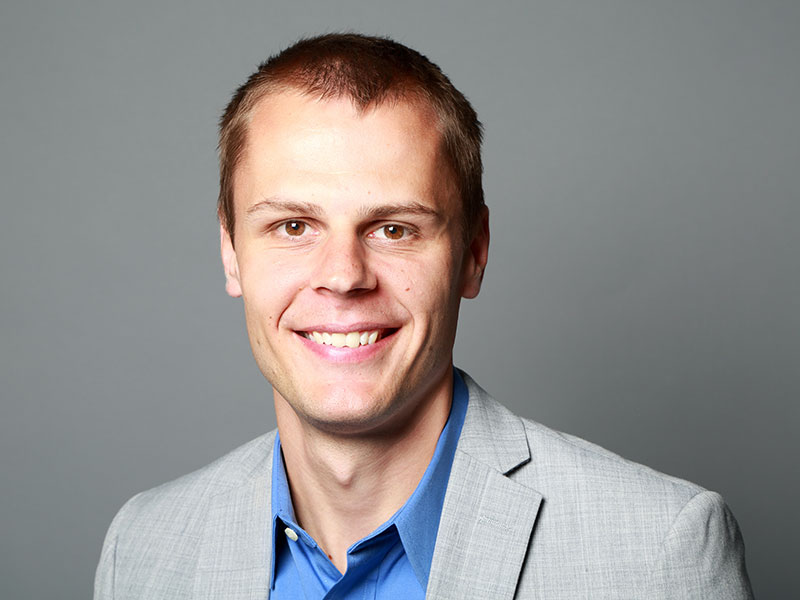
Matthew Reichenbach
Matthew Reichenbach, PhD, assistant teaching professor of civil, architectural and environmental engineering, recently joined Drexel from the University of Texas at Austin, where he earned his doctoral and master’s degrees in structural engineering. He has completed projects for the Texas Department of Transportation and the National Cooperative Highway Research Program on the fabrication of materials for steel bridges, on design guidelines and on structural monitoring.
How did you become interested in engineering?
Like many engineering professionals, I always excelled in my math and science classes in grade school. Civil engineering, in particular, allows individuals to apply those math and science skills for the betterment of society and our infrastructure. For those reasons, splitting time between running calculations and “getting your hands dirty” always appealed to me.
What attracted you to Drexel?
In a few words: the people. Drexel consists of highly motivated students that are eager to take what they learn in the classroom and apply it to their co-op experiences. As an educator and researcher, it is very rewarding to mentor young engineers of this caliber. Additionally, the opportunity to collaborate with the esteemed faculty at Drexel was also very enticing.
What is your research specialty?
My research has focused on improving the design, analysis, and detailing procedures of steel bridges through field instrumentation, laboratory experiments, and finite element analyses. My specific research interests include fatigue and stability behavior of steel superstructures, as well as structural health monitoring of fracture-critical bridges. Even as a child, I always had a fondness for the beauty of historic steel bridges, so trying to preserve these structures as a profession was a natural fit for me.
What are your hopes for the future?
Modern structural engineers have been faced with the difficult task of maintaining aging and deteriorated infrastructure. Since simply building a new bridge or building is not always a feasible option, engineers must dream up creative solutions to extend the service life of existing structures. Educators and researchers are on the forefront of that innovation as we prepare the next generation of engineers to handle these dilemmas. My hope for the future is that we continue to develop long-term, simple, and cost-effective solutions for these issues.